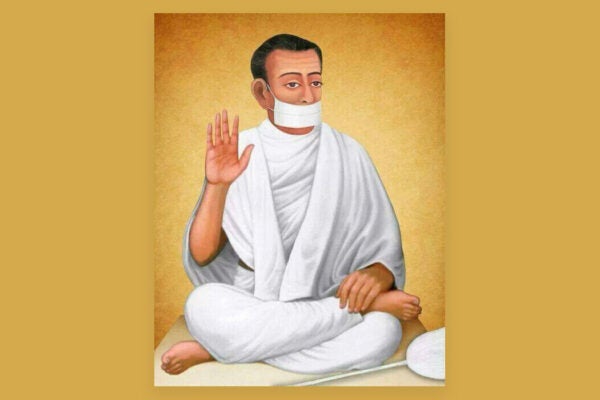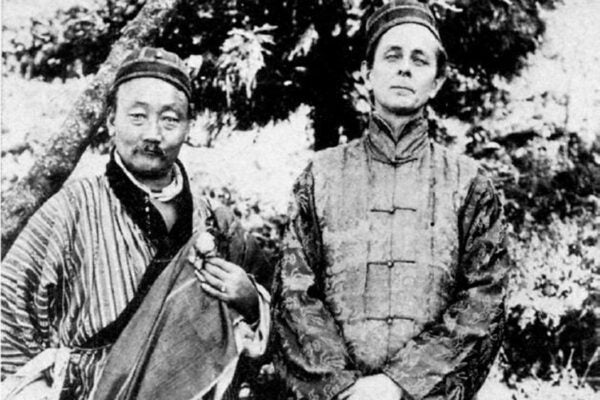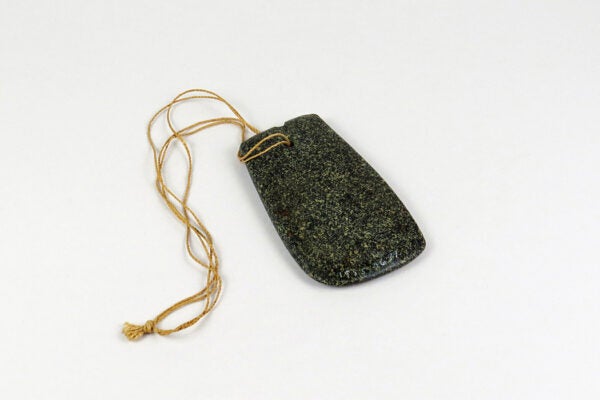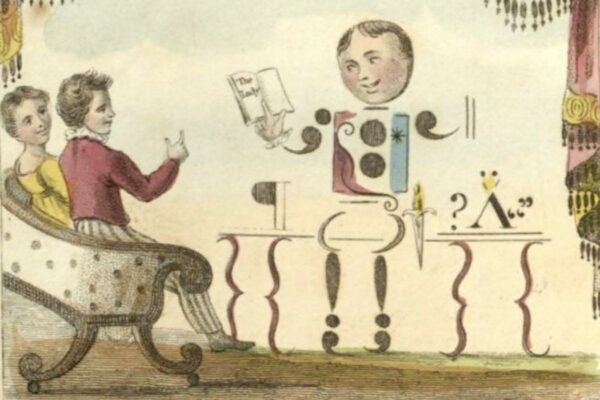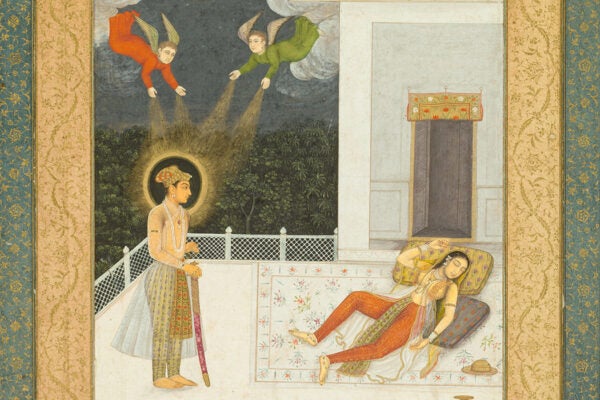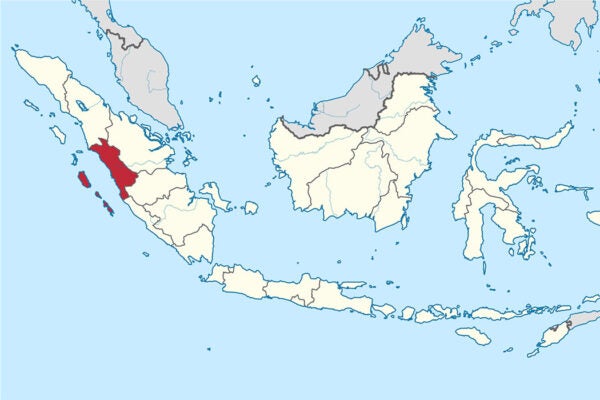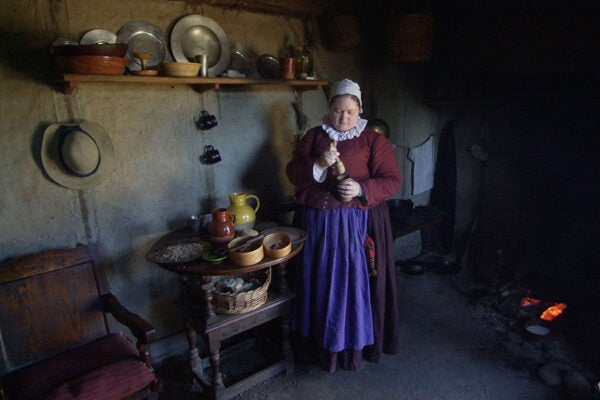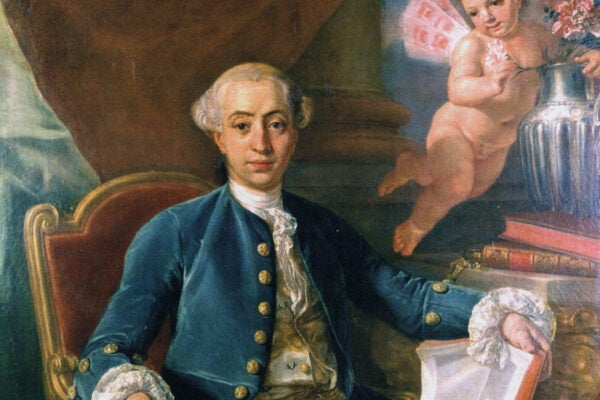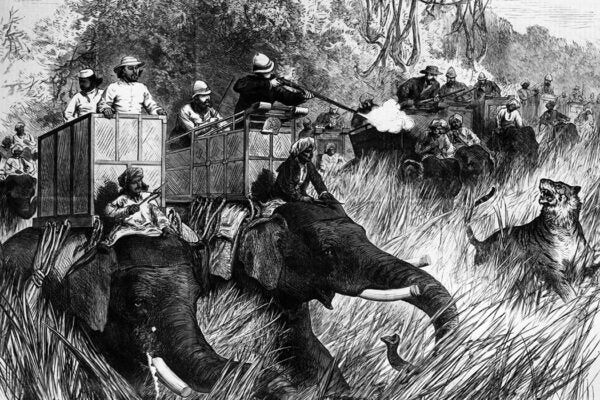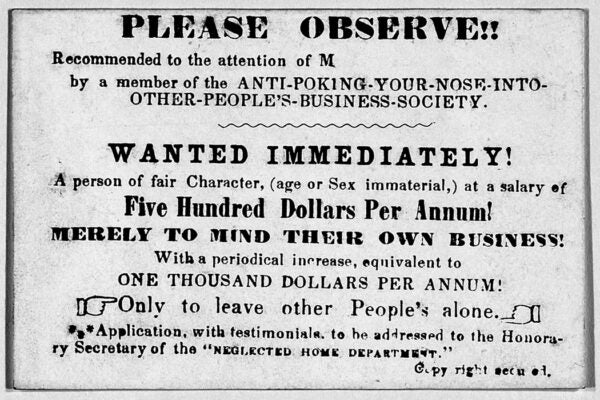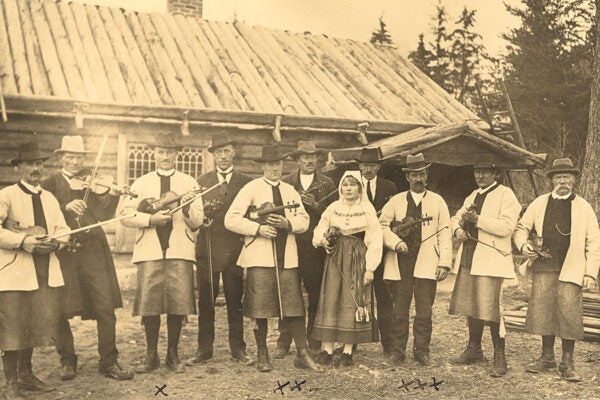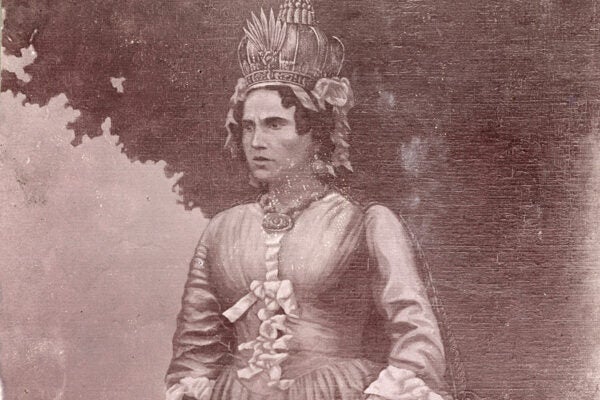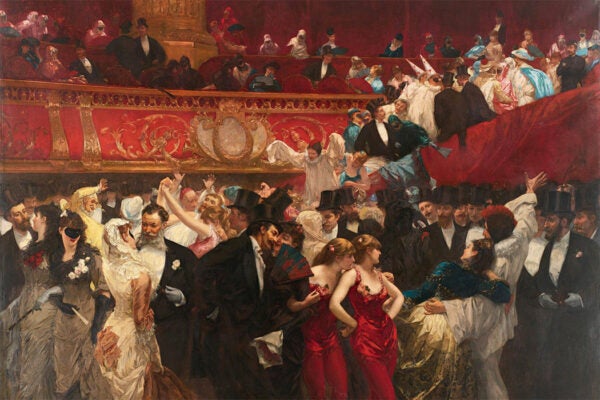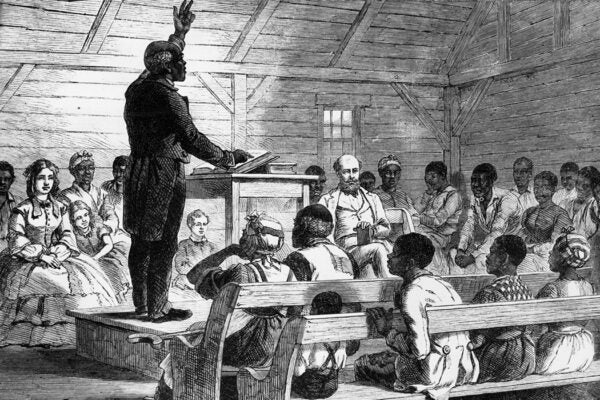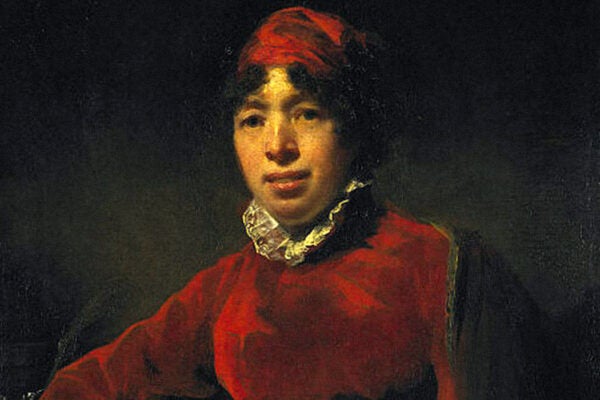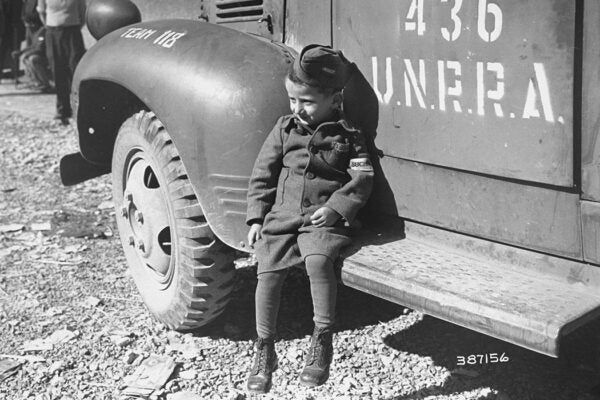Why Some Spartan Women Had Two Husbands
In ancient Sparta, it was accepted practice for more women to marry and have children by more than one man.
Jain Ascetics in a Material World
The Jain Śvētāmbara Terāpanth sect began as an ascetic discipline, but it has increasingly emphasized physical health over renunciation of the body.
Where Tulpas Come From
Created through the power of the human mind, tulpas bear little resemblance to anything found in the Tibetan traditions in which they allegedly originated.
Self Care and Community in 1901 Indianapolis
For Black women engaged with local institutions, the “Delsarte” technique was a means of supporting struggling city residents while advancing political power.
How Beer Came to Asia
Reactions to the introduced brew ranged from Japanese efforts to imitate German beers to a reluctance to imbibe among Muslims and Hindus in India.
Dubious Medicine on the Texas Frontier
If you got sick in the Texas frontier area in the decades before the Civil War, your options were all pretty bad.
What Is Punctuation For?
Between the medieval and modern world, the marks used to make writing more legible changed from “pointing” to punctuation.
Dreams in Islam
Even before the founding of Islam, Arabia was home to professional dream interpreters.
The Complicated Gender of Sumatran Tombois
Indonesian tombois are understood as men in many public contexts, but their families of origin often treat them as female in some respects and male in others.
How Jim Crow Divided Florida’s Cubans
In the late nineteenth century, many Cuban immigrants supported racial equality. That began to change as white supremacist terrorism grew in intensity.
When Hitchhiking was Wholesome
In the 1930s, hitchhiking was viewed as an opportunity for generosity on the part of the driver and a way to practice good manners on the part of the rider.
The Countercultural History of Living Museums
In the 1960s and ’70s, guides began wearing period costumes and farming with historical techniques, a change that coincided with the back-to-the-land movement.
Casanova was Famous for Being Famous
Giacomo Casanova achieved celebrity not through any particular achievement but by mingling with famous people and making himself the subject of gossip.
Resisting British Hunters in India
In nineteenth-century India, many locals stood up against British hunting—sometimes at the cost of their own lives—as a means of cultural conservation.
The Rise of Anti-Societies
In the early 1800s, Americans formed all sorts of anti-vice societies, triggering jokes and serious resistance to reform through a wave of anti-societies.
Banning Christmas Dinner
Poor laws passed in Great Britain in the 1830s reversed a centuries-old tradition to forbid workhouses from serving roast beef and plum pudding at Christmas.
The Learning Labs of Sailing Ships
Taking a ship from Europe to the Americas in the early 1500s meant entering a world of cutting-edge applied technology and the mixing of social classes.
The Tricky Politics of Swedish Folk Music
In the early twentieth century, folk music in Sweden was connected with right-wing nationalists, leaving a complicated inheritance for today’s music fans.
How Madagascar’s Queen Ranavalona Helped Define Queen Victoria
In the nineteenth century, Queen Ranavalona became a foil to Queen Victoria, her “savage” queenship held in contrast to that of the “civilized” female monarch.
Paris’s Wild Costume Balls
As urban growth brought rich and poor Parisians closer together in the 1830s, masked balls encouraged class mixing and costumes that crossed gender lines.
The Magic of a Crooked Sixpence
Coins were used for centuries in many ritual contexts, but the English silver sixpence was a particularly common charm—for several reasons.
When Enslaved Virginians Demanded the Right to Read
In 1723, a group of enslaved African Americans petitioned the Bishop of London to ensure that their children could attend school and learn to read the Bible.
Redeeming the Old Maid
Scottish-born novelist Elizabeth Hamilton used her characters to anticipate a future for herself in middle age as a confident and intelligent woman.
Subversive Student Writing at Carlisle Indian School
In the early twentieth century, some Anishinaabe students turned writing assignments meant to showcase assimilation into celebrations of resistance.
When Family Separation Became a Human Rights Issue
In the aftermath of World War II, preserving the nuclear family became a key pillar of liberal democratic ideology.


